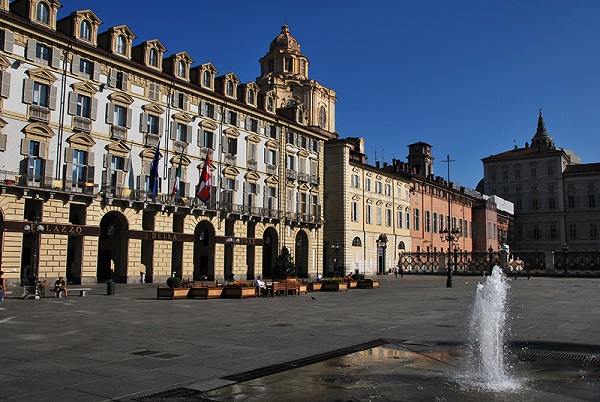Turin (Torino) tends not to be high on the list of Italian cities to visit. It is often associated with the industrial triangle of Italy including Milan, Genoa and Turin. If you can escape these restrictive associations and make the journey to this capital of the region of Piedmont (Piemonte) you will discover one of the most interesting, historical, and approachable cities on the peninsula.
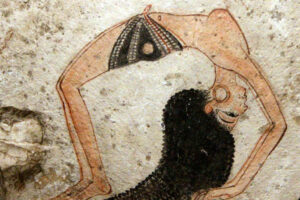 Although perhaps not as rich in historically varied art and architecture as Rome or Venice, Turin more than compensates with the quality of its baroque and art nouveau palaces and buildings. And it is the centre of the vast collections acquired over centuries by the ruling House of Savoy. The paintings, furniture, and objects that decorated these royal rooms and museums are worthy of any comparison; and the Egyptian Museum is the most important after Cairo’s.
Although perhaps not as rich in historically varied art and architecture as Rome or Venice, Turin more than compensates with the quality of its baroque and art nouveau palaces and buildings. And it is the centre of the vast collections acquired over centuries by the ruling House of Savoy. The paintings, furniture, and objects that decorated these royal rooms and museums are worthy of any comparison; and the Egyptian Museum is the most important after Cairo’s.
The cradle of Risorgimento
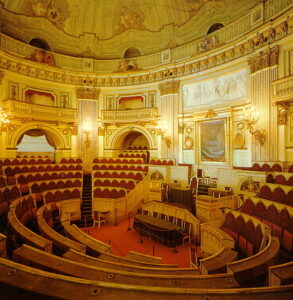 Then, there is history: Turin was the centre of the Risorgimento, the movement of Italian unification, beginning in the 1820s. The Museum of the Risorgimento and the preserved first Italian Parliament of 1861 in the Palazzo Carignano attest to this political memory. But the plans for unification were also devised in the many historic cafes, most of which have not changed.
Then, there is history: Turin was the centre of the Risorgimento, the movement of Italian unification, beginning in the 1820s. The Museum of the Risorgimento and the preserved first Italian Parliament of 1861 in the Palazzo Carignano attest to this political memory. But the plans for unification were also devised in the many historic cafes, most of which have not changed.
Camillo Cavour, the architect of unification, had his usual places in these cafes and restaurants, some of which are marked for us to see. Besides these historical connections, there are the treats served in these cafes. In the first place, the local bicerin, that divine mixture of coffee, chocolate – a local artform – and cream, that can still be enjoyed.
Highligts of the city
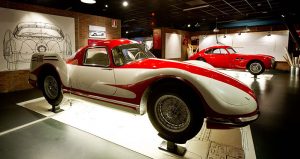 If the splendid baroque buildings of Filippo Juvara, the art nouveau of the early 20th century, the chapel of the Holy Shroud, or the Roman remains, are not of interest, then there is the modern contribution to our mental and aesthetic geographies. The Cinema Museum in the Mole Antonelliana is the most comprehensive – and I would say interesting – in the world, located in a huge building originally designed as a synagogue, with a tower that now is a symbol of the city. MAUTO, the remarkable automobile museum, is a walk through not only the technology and design of the motor car but also of its social significance, how it changed the way we live, wherever that may be.
If the splendid baroque buildings of Filippo Juvara, the art nouveau of the early 20th century, the chapel of the Holy Shroud, or the Roman remains, are not of interest, then there is the modern contribution to our mental and aesthetic geographies. The Cinema Museum in the Mole Antonelliana is the most comprehensive – and I would say interesting – in the world, located in a huge building originally designed as a synagogue, with a tower that now is a symbol of the city. MAUTO, the remarkable automobile museum, is a walk through not only the technology and design of the motor car but also of its social significance, how it changed the way we live, wherever that may be.
A people-friendly city
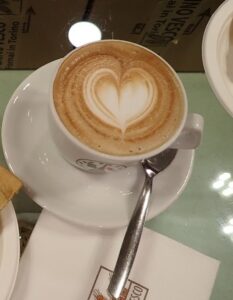 Finally, Turin is a city for strolling. The 2006 Winter Olympics provided the opportunity to move street parking underground, beneath the elegant, huge baroque squares of the city. The result is an historic centre that is almost a pedestrian enclosure, and the carefully fashioned sightlines imaged by baroque architects have been restored, unbroken by the chaotic traffic that infects so many Italian cities.
Finally, Turin is a city for strolling. The 2006 Winter Olympics provided the opportunity to move street parking underground, beneath the elegant, huge baroque squares of the city. The result is an historic centre that is almost a pedestrian enclosure, and the carefully fashioned sightlines imaged by baroque architects have been restored, unbroken by the chaotic traffic that infects so many Italian cities.
So, my advice is: visit this beautiful, civilized city and spend some time walking among its treasure, and be sure to speak with its citizens, all of whom share a passion for their city and recognize that they inhabit a special place, one they enjoy sharing with visitors like us.
University of Toronto, Canada
